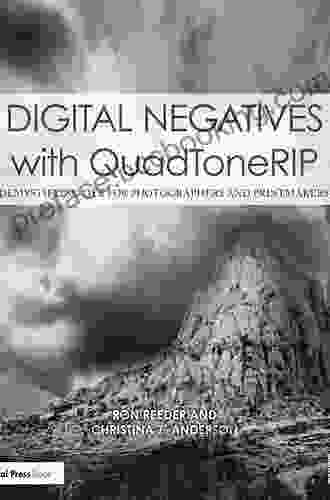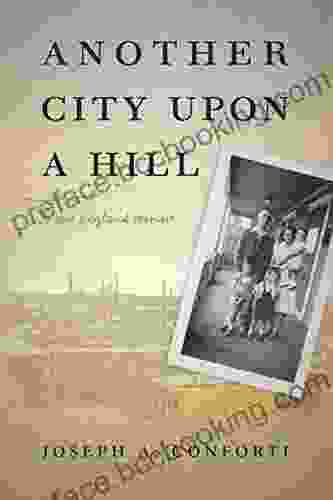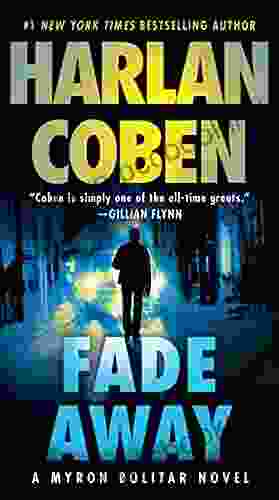Demystifying QTR: A Comprehensive Guide for Photographers and Printmakers

What is QTR?
Quarantine Transfer Reduction (QTR) is a groundbreaking technique that allows photographers and printmakers to transfer images onto a variety of surfaces, including metal, glass, wood, and even fabric. It combines the principles of photogravure and digital printing, creating unique and stunning works of art.
4.8 out of 5
| Language | : | English |
| File size | : | 39520 KB |
| Text-to-Speech | : | Enabled |
| Screen Reader | : | Supported |
| Enhanced typesetting | : | Enabled |
| Print length | : | 313 pages |
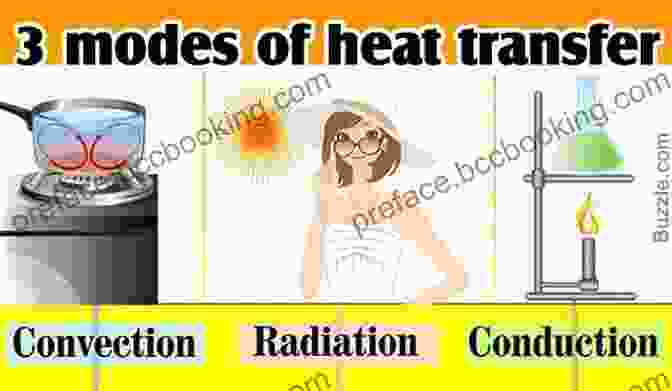
History of QTR
QTR was first developed in the early 1990s by photographer and printmaker Susan Lazzarini. Inspired by the traditional intaglio printing process, she experimented with alternative methods of image transfer. Her innovative approach led to the creation of QTR, which has since gained widespread recognition in the art world.
Principles of QTR
The QTR process involves several key steps:
- Digital Negative Creation: A digital negative is created using a computer and graphics software. This negative contains the desired image to be transferred.
- Image Transfer: The digital negative is placed in contact with a photosensitive surface, such as a metal plate. Ultraviolet light is then used to expose the surface, transferring the image onto it.
- Development and Etching: The exposed surface is developed in a chemical solution, which removes the unexposed areas, leaving a raised image.
- Inking and Printing: The raised image is inked and then transferred onto paper or another substrate using a printing press.
Contemporary Practices in QTR
Contemporary artists have embraced QTR as a versatile and innovative medium for artistic expression. They have pushed the boundaries of the technique, experimenting with different materials, applications, and artistic styles:
- Multi-Layer Printing: Using multiple digital negatives, artists can create complex and layered images by printing them on top of each other.
- Alternative Surfaces: QTR can be used to transfer images onto a wide range of surfaces beyond paper, including metal, glass, wood, and even fabric, expanding the possibilities for artistic expression.
- Digital Manipulation: Digital negative creation allows for extensive image manipulation, enabling artists to manipulate and enhance their images before transferring them.
- Mixed Media: QTR can be combined with other artistic techniques, such as painting and drawing, to create unique and multi-dimensional artworks.
Practical Applications of QTR
QTR has numerous practical applications in the fields of photography and printmaking, including:
- Limited Edition Prints: QTR enables artists to create high-quality, limited edition prints of their photographs and artworks.
- Fine Art Reproductions: QTR can be used to create accurate reproductions of historical and contemporary artworks, preserving their legacy.
- Photogravure: QTR is a modern alternative to traditional photogravure, allowing photographers to create stunning and durable photogravure prints.
- Archival Inkjet Printing: QTR can be combined with archival inkjet printing to produce long-lasting and high-quality digital prints.
Demystifying QTR provides a comprehensive overview of this transformative technique, empowering photographers and printmakers to embrace its innovative possibilities. Through a deep dive into its history, principles, contemporary practices, and practical applications, this guide enables artists to unlock their creativity and create stunning works of art that transcend traditional boundaries.
4.8 out of 5
| Language | : | English |
| File size | : | 39520 KB |
| Text-to-Speech | : | Enabled |
| Screen Reader | : | Supported |
| Enhanced typesetting | : | Enabled |
| Print length | : | 313 pages |
Do you want to contribute by writing guest posts on this blog?
Please contact us and send us a resume of previous articles that you have written.
 Book
Book Novel
Novel Page
Page Chapter
Chapter Text
Text Story
Story Genre
Genre Reader
Reader Library
Library Paperback
Paperback E-book
E-book Magazine
Magazine Newspaper
Newspaper Paragraph
Paragraph Sentence
Sentence Bookmark
Bookmark Shelf
Shelf Glossary
Glossary Bibliography
Bibliography Foreword
Foreword Preface
Preface Synopsis
Synopsis Annotation
Annotation Footnote
Footnote Manuscript
Manuscript Scroll
Scroll Codex
Codex Tome
Tome Bestseller
Bestseller Classics
Classics Library card
Library card Narrative
Narrative Biography
Biography Autobiography
Autobiography Memoir
Memoir Reference
Reference Encyclopedia
Encyclopedia Glenna Mageau
Glenna Mageau Martin Lindstrom
Martin Lindstrom Nathalie Kalbach
Nathalie Kalbach Greg Boyd
Greg Boyd Gretchen M Baker
Gretchen M Baker Susan Offer Szafir
Susan Offer Szafir Leo Marks
Leo Marks Guy P Harrison
Guy P Harrison Greg Clarke
Greg Clarke Happy Zoja
Happy Zoja Giovanni Da Rupecisa
Giovanni Da Rupecisa Grant Cunningham
Grant Cunningham Gina Mckinnon
Gina Mckinnon Sahil Lavingia
Sahil Lavingia H Keith Melton
H Keith Melton Robert D Atkinson
Robert D Atkinson Greg Towner
Greg Towner John Heaton
John Heaton H M Clarke
H M Clarke John Pfeiffer
John Pfeiffer
Light bulbAdvertise smarter! Our strategic ad space ensures maximum exposure. Reserve your spot today!
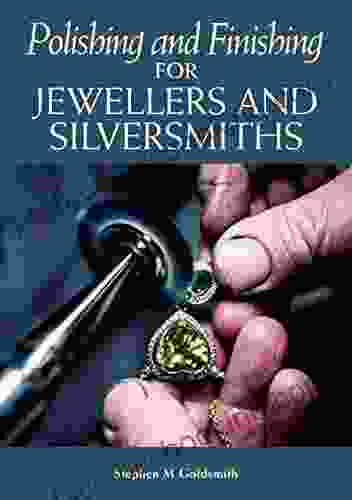
 Herb SimmonsPolishing and Finishing for Jewellers and Silversmiths: A Comprehensive Guide...
Herb SimmonsPolishing and Finishing for Jewellers and Silversmiths: A Comprehensive Guide... Samuel WardFollow ·11.2k
Samuel WardFollow ·11.2k Evan HayesFollow ·12.4k
Evan HayesFollow ·12.4k Zadie SmithFollow ·15.4k
Zadie SmithFollow ·15.4k Jackson BlairFollow ·4.5k
Jackson BlairFollow ·4.5k Yasushi InoueFollow ·19.9k
Yasushi InoueFollow ·19.9k Devin RossFollow ·8.2k
Devin RossFollow ·8.2k Geoffrey BlairFollow ·9.5k
Geoffrey BlairFollow ·9.5k Fernando PessoaFollow ·6.3k
Fernando PessoaFollow ·6.3k

 Brady Mitchell
Brady MitchellMaster IELTS Speaking: The Ultimate Guide to Success
Kickstart Your IELTS...
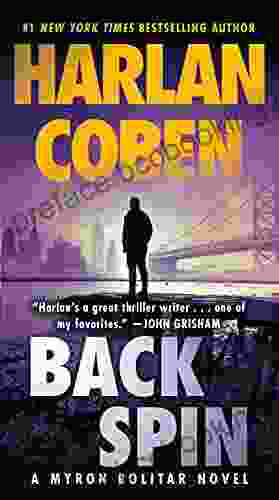
 Branden Simmons
Branden SimmonsBack Spin: A Thrilling Myron Bolitar Novel
Get ready to embark on a...
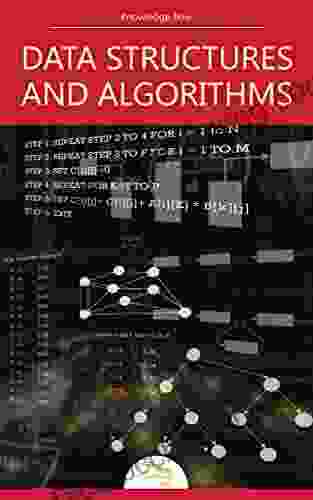
 Marc Foster
Marc FosterData Structures and Algorithms: A Comprehensive Guide to...
In the ever-evolving...
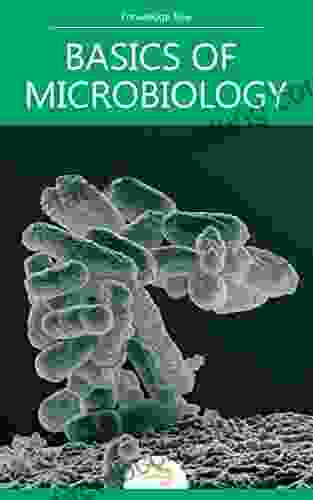
 Jeff Foster
Jeff FosterUnveiling the Basics of Microbiology: A Comprehensive...
The world of...

 J.D. Salinger
J.D. SalingerHold Tight Suspense Thriller: A Gripping Page-Turner That...
Are you ready for a suspense thriller that...
4.8 out of 5
| Language | : | English |
| File size | : | 39520 KB |
| Text-to-Speech | : | Enabled |
| Screen Reader | : | Supported |
| Enhanced typesetting | : | Enabled |
| Print length | : | 313 pages |


